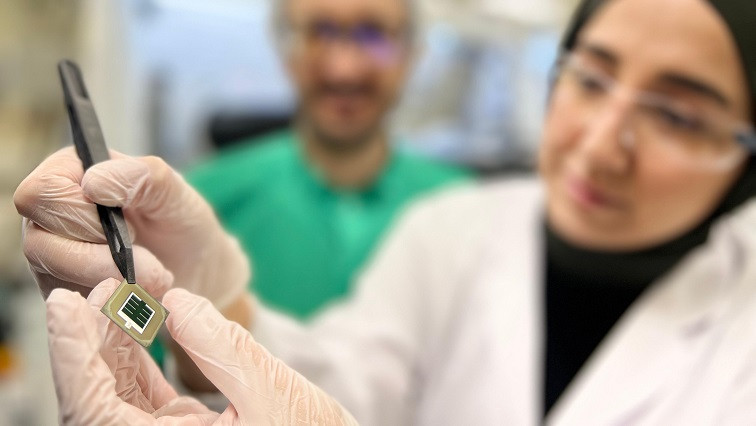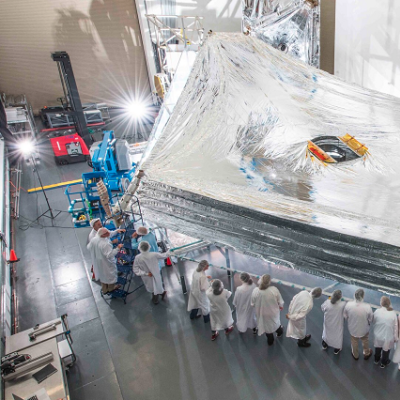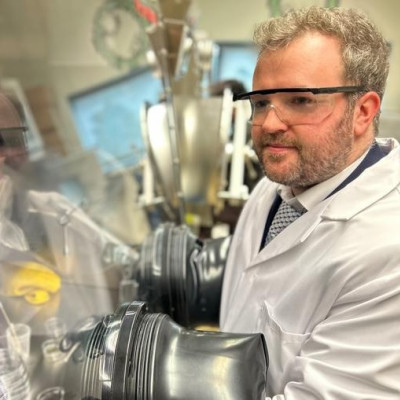The cells were tested in conditions that modeled the intense light and heat of the Arabian Peninsula, demonstrating their deployment for some the harshest environments in which they would need to operate.
The lab set multiple world records for perovskite/silicon tandem solar cells in 2023. In their latest results, which can be read in Science, the researchers show that tetrahydrotriazinium increases the number of hydrogen bonds in the crystal structure of perovskite films to improve the power conversion efficiency and the phase stability.
A-cations like tetrahydrotriazinium have a positive effect on the phase stability and electronic quality of perovskite films. These effects are achieved by minimizing the segregation of halide ions in the crystal lattice.
Tetrahydrotriazinium had been a difficult molecule to synthesize and isolate until last year when a different research group showed the benefits of adding methylenediammonium chloride into the synthesis route. De Wolf’s team showed that the additive promoted the incorporation of tetrahydrotriazinium into the perovskite lattice. The result was perovskite/silicon tandem solar cells with 33.7% power conversion efficiency that showed more stability after 1500 hours of testing compared with cells manufactured without tetrahydrotriazinium.
De Wolf emphasized that the laboratory-scale findings need industry cooperation before tetrahydrotriazinium is incorporated into the commercial manufacturing of perovskite/silicon tandem cells.
“Our laboratory efforts to reduce performance loss at less cost is scientific. These iterative improvements can have large industrial implications, but we need partners to show how to shift our findings to larger scale”, he said.
The project was run by De Wolf’s research scientist Esma Ugur, who will continue her research at LMU Munich starting in 2025.
Read the original article on King Abdullah University of Science and Technology (KAUST).







